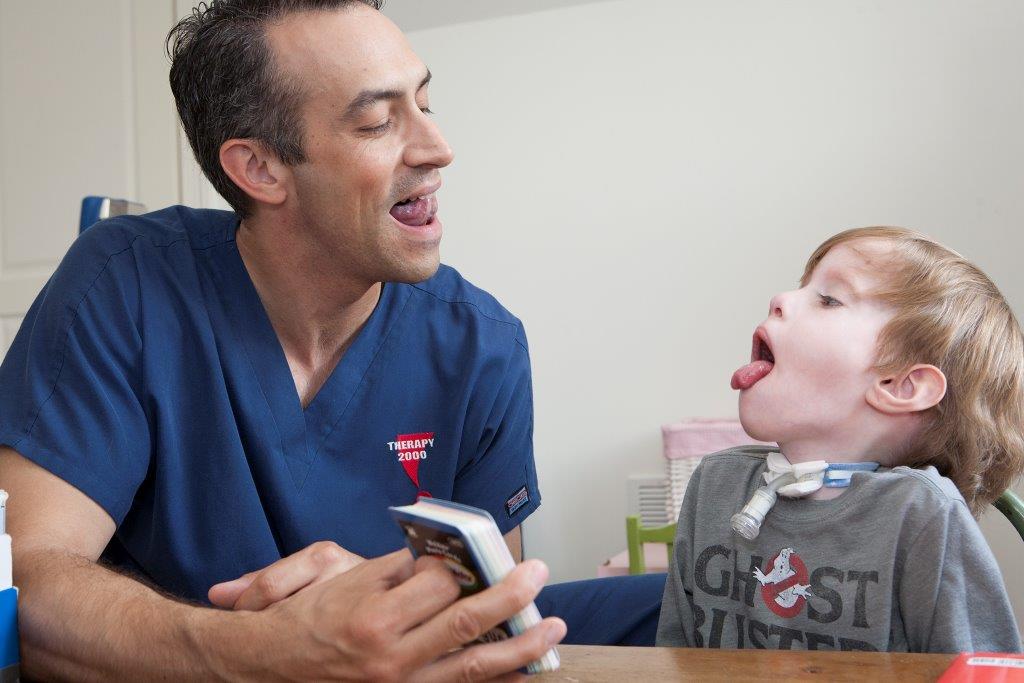What are Speech and Language Disorders?
 In order to understand the difference between speech and language disorders, you must first understand how speech and language differ. They are two separate elements that work together to allow us to communicate with one another. As a result, speech and language disorders present themselves differently and require specialized treatment programs.
In order to understand the difference between speech and language disorders, you must first understand how speech and language differ. They are two separate elements that work together to allow us to communicate with one another. As a result, speech and language disorders present themselves differently and require specialized treatment programs.
Speech v. Language
Speech is the sounds people make to communicate; this includes rhythms, patterns and quality of the sound created. Language is any accepted, structured, symbolic system for interpersonal communication, composed of sounds arranged in a well-ordered sequence to form words. Speech forms the building blocks that language uses in order to create communication.
The Difference between Speech and Language Disorders
A language disorder is any trouble with the production or reception of linguistic units. Difficulties producing language, understanding others, and trouble reading or writing are potential signs of a language disorder.
A speech disorder is any abnormality of speech outside an acceptable range in an environment. Speech that is not easily heard, intelligible or strays from traditional sound production are symptoms of a possible speech disorder.
Symptoms of Language Disorders:
Depending on the cause, symptoms of a language disorder can present in a number of ways, including:
- Inability to express what you’re trying to say (words may be on the tip of your tongue, but you cannot articulate them)
- Substituting intended words for other words (i.e. saying you would like chicken for dinner, when you meant to say steak)
- Difficulty putting sentences together
- Having trouble understanding what others are saying, especially if they are speaking fast
- Using made up words
- Using words incorrectly
Symptoms of Speech Disorders
One of the most well-known speech disorders, stuttering, is recognized through the repetition of words or certain parts of words. Other speech disorders can present in different ways:
- Difficulty imitating/producing speech sounds
- Slow rate of speech
- Slurred, choppy or mumbled speech
- Abnormal pitch or rhythm while speaking
- Limited lip, tongue or jaw movement
- Inability to articulate words correctly (such as pronouncing “R” as “W”)
Treatment for Speech and Language Disorders
Speech-language pathologists (SLPs) can assess potential speech and language disorders through a series of evaluations. From there, personalized treatment plans are created to address someone’s particular needs.
If you or a loved one needs assistance with a speech or language disorder, we can help.